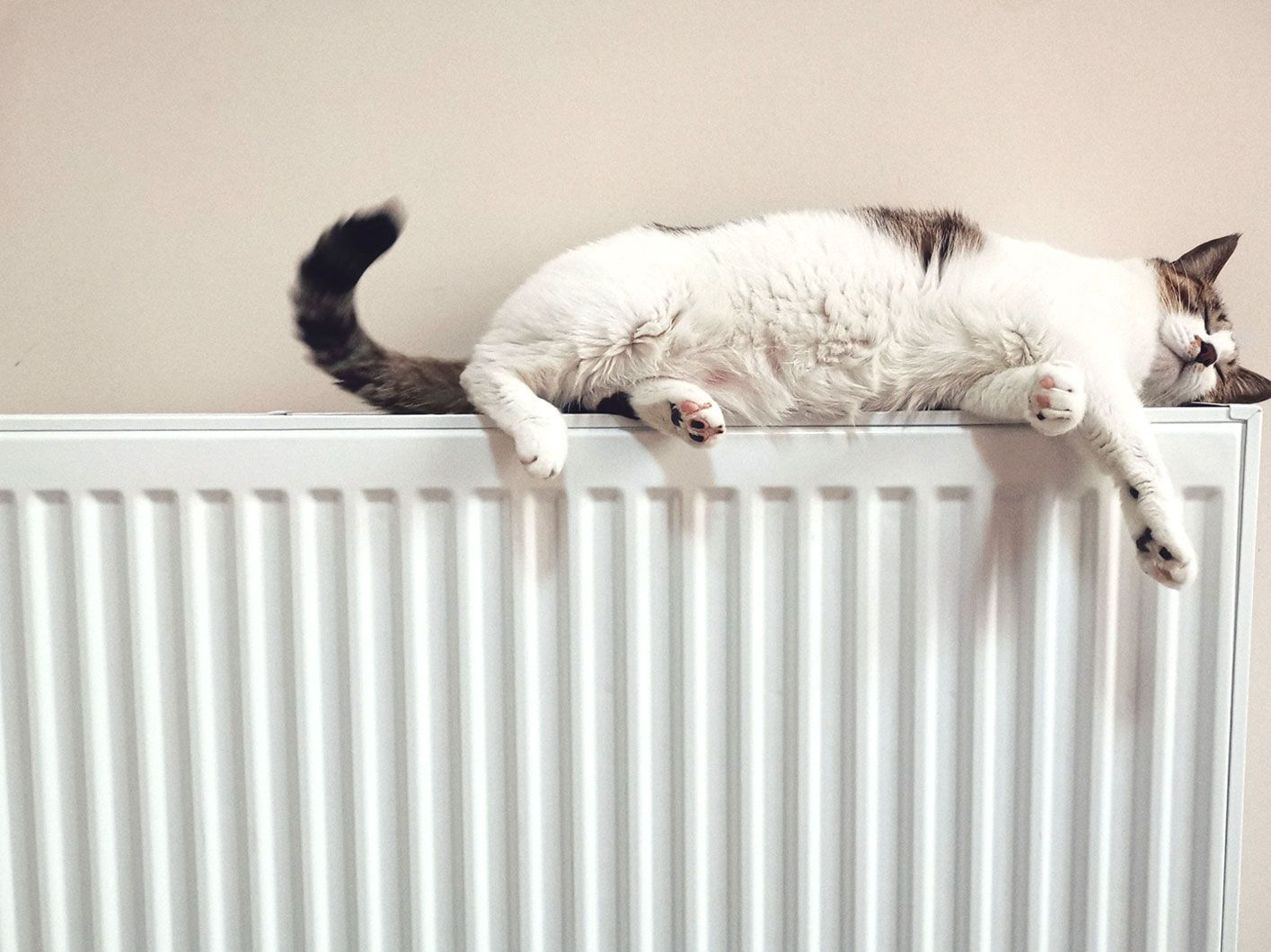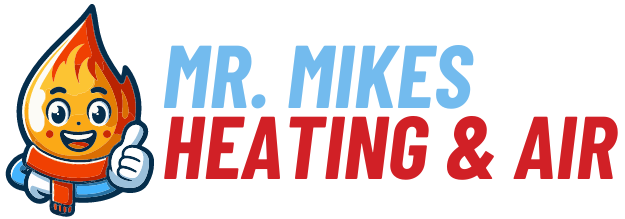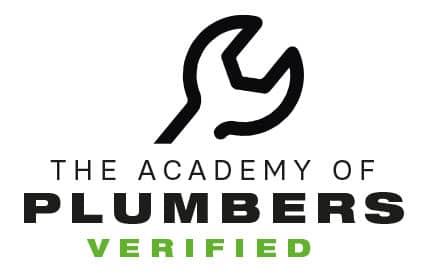
Why Professional Furnace Installation is Essential
- Expertise and Experience
Hiring a professional for furnace installation ensures that the job is done correctly and safely. HVAC technicians have the training and experience to handle various types of furnaces and can troubleshoot potential issues that might arise during installation. - Compliance with Local Codes and Regulations
Professional installers are well-versed in local building codes and regulations, ensuring that your installation meets all required standards. This compliance is crucial for both safety and legal reasons. - Optimal Performance
A professionally installed furnace operates more efficiently, providing better heating and reducing energy costs. Proper installation minimizes the risk of malfunctions and extends the lifespan of your furnace.
Steps Involved in Furnace Installation
- Assessment and Selection
The first step in furnace installation is assessing your home’s heating needs. A professional HVAC technician will evaluate factors such as the size of your home, insulation levels, and existing ductwork. Based on this assessment, they will recommend the best furnace for your needs. - Removing the Old Furnace
If you are replacing an old furnace, the technician will safely disconnect and remove it. This process involves shutting off the power and gas supply, disconnecting the existing ductwork, and safely disposing of the old unit. - Preparing the Installation Site
The installation site needs to be prepared to accommodate the new furnace. This preparation may involve modifications to the existing ductwork, installing new electrical wiring, or upgrading the gas supply line to ensure compatibility with the new unit. - Installing the New Furnace
Once the site is prepared, the new furnace is installed. The technician will connect the furnace to the ductwork, electrical system, and gas supply. They will also install a new thermostat if necessary and ensure that all connections are secure and leak-free. - Testing and Calibration
After installation, the technician will test the furnace to ensure it operates correctly. This testing includes checking the airflow, gas pressure, and electrical connections. The system is calibrated to ensure optimal performance and efficiency. - Final Inspection and Walkthrough
Finally, the technician will conduct a thorough inspection to ensure everything is in order. They will also provide you with a walkthrough of the new system, explaining how to operate and maintain it effectively.
Benefits of Upgrading Your Furnace
- Improved Energy Efficiency
Modern furnaces are significantly more energy-efficient than older models. Upgrading your furnace can lead to substantial savings on your energy bills and a reduced carbon footprint. - Enhanced Comfort
New furnaces provide better temperature control and more even heating throughout your home. This improved comfort is especially important during Calgary’s harsh winters. - Increased Home Value
A new furnace is a valuable asset that can increase the resale value of your home. Prospective buyers are more likely to be attracted to a home with a modern, efficient heating system.
Choosing the Right Furnace for Your Home
- Fuel Type
Furnaces can be powered by natural gas, electricity, or oil. Natural gas is the most common and cost-effective option in Calgary. However, your choice will depend on availability, cost, and personal preference. - Efficiency Rating
Look for furnaces with a high Annual Fuel Utilization Efficiency (AFUE) rating. A higher AFUE rating indicates better energy efficiency, leading to lower operating costs. - Size and Capacity
Selecting the right size furnace for your home is crucial. An oversized or undersized furnace can lead to inefficiencies and increased wear and tear. A professional assessment ensures you choose a furnace with the appropriate capacity for your home.
Maintenance Tips for Your New Furnace
- Regular Inspections
Schedule annual inspections with a professional HVAC technician to ensure your furnace is operating efficiently and to catch any potential issues early. - Change Filters Regularly
Replacing the air filter every 1-3 months keeps your furnace running smoothly and improves indoor air quality. - Keep the Area Clean
Ensure the area around your furnace is clean and free from debris. This cleanliness helps maintain airflow and prevents potential hazards. - Monitor Thermostat Settings
Use a programmable thermostat to optimize your heating schedule and reduce energy consumption.
Conclusion
Furnace installation in Calgary is a significant investment that requires professional expertise and careful consideration. By choosing a reputable HVAC service, you ensure your home remains warm and comfortable throughout the winter months. Remember to follow maintenance tips to keep your furnace running efficiently for years to come.
For top-quality furnace installation in Calgary, trust the experts at Mr. Mike’s Heating and Air. Contact us today to schedule an assessment and take the first step towards a warmer, more comfortable home.
FAQ for Furnace Installation in Calgary
Regular maintenance is essential to keep your furnace running efficiently. This includes annual inspections by a professional, regular filter changes (every 1-3 months), keeping the area around the furnace clean, and monitoring thermostat settings. Following these steps can extend the life of your furnace and improve its performance.
The furnace installation process usually takes between 4 to 8 hours, depending on the complexity of the installation and whether any modifications to ductwork or electrical systems are needed. The technician will provide a more accurate timeframe during the assessment.
When selecting a new furnace, consider the fuel type (natural gas, electric, or oil), efficiency rating (AFUE), size, and capacity. It’s important to choose a furnace that fits your home’s heating needs. A professional assessment can help determine the best option for your home.
Signs that you may need a new furnace include frequent repairs, rising energy bills, uneven heating, and the furnace’s age (typically over 15 years). A professional HVAC technician can assess your system and recommend whether repair or replacement is the best option.






